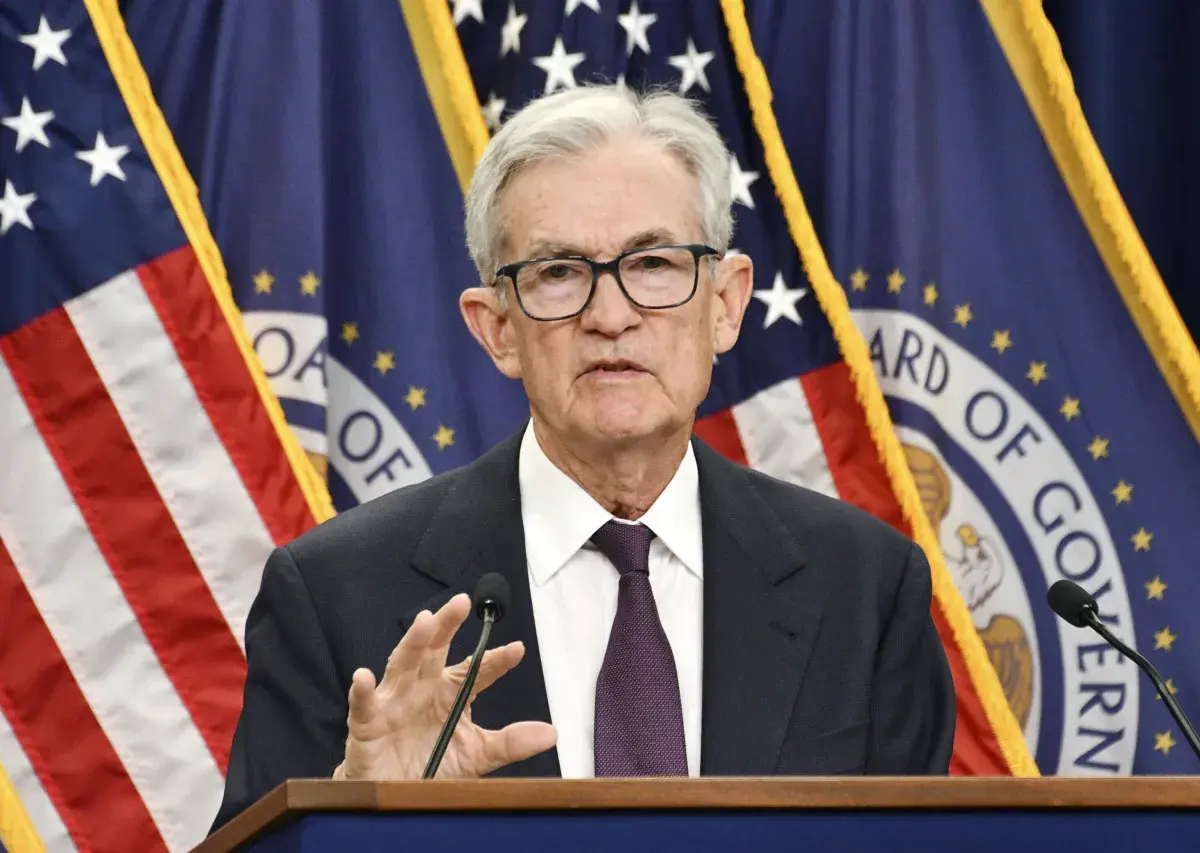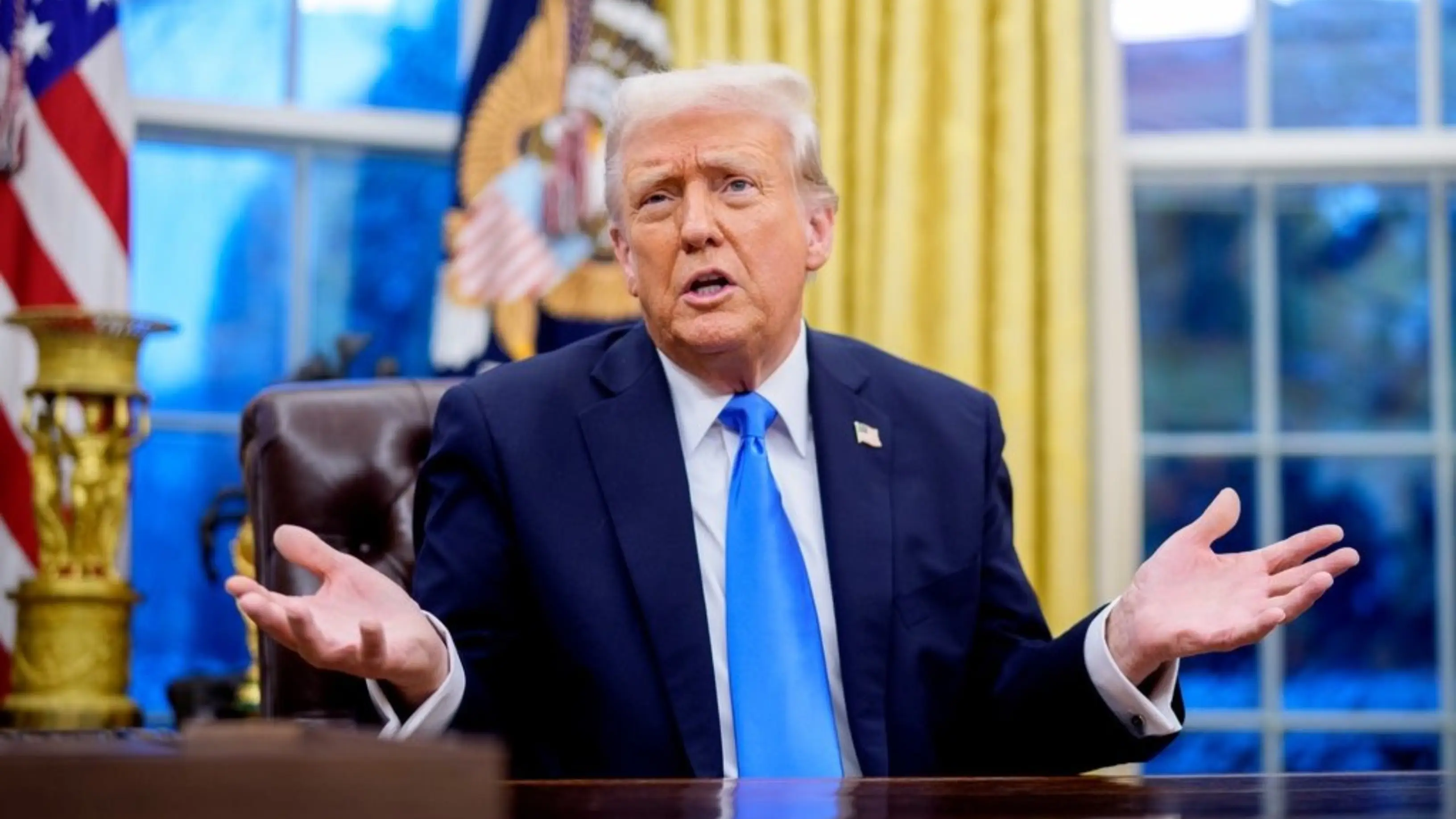
Federal Reserve Chair Jerome Powell on Tuesday signaled a cautious approach to future interest rate cuts, setting up a sharp contrast with other central bank officials who are calling for more urgency in responding to a weakening job market.
Speaking in Providence, Rhode Island, Powell acknowledged the risks to both of the Fed’s goals: maintaining maximum employment and keeping prices stable. He noted that with the unemployment rate edging higher, the Fed cut its key short-term interest rate last week. But Powell gave no indication that more reductions were imminent.
“If we were to cut too aggressively, we could leave the inflation job unfinished and need to reverse course later,” Powell said. “But if we keep our policy rate too high for too long, the labor market could soften unnecessarily.”
His remarks reinforced the caution he voiced at a news conference last week, after the Fed lowered its benchmark rate for the first time this year. At that time, Powell acknowledged the difficulty of striking the right balance, saying “it’s challenging to know what to do.”
The Fed’s key rate now stands at about 4.1%, down from 4.3%. The move marked the first cut this year, and policymakers have signaled they expect to lower rates twice more in 2025. By reducing its benchmark, the Fed can gradually push down borrowing costs for mortgages, auto loans and business credit, giving households and companies some relief.
But Powell’s cautious stance diverges from that of several colleagues on the Fed’s rate-setting committee. On Monday, Stephen Miran, a Trump appointee to the Fed’s governing board, said policymakers should quickly cut rates to as low as 2% to 2.5%. Miran, also a top adviser in the Trump administration, has said he expects to return to the White House when his term expires in January unless he is reappointed.
Earlier Tuesday, Fed Governor Michelle Bowman, another Trump appointee, also pressed for a faster pace of cuts. Speaking in Asheville, North Carolina, Bowman argued that cooling inflation and weakening job growth make a strong case for lowering borrowing costs sooner.
“It is time for the (Fed) to act decisively and proactively to address decreasing labor market dynamism and emerging signs of fragility,” Bowman said. “We are at serious risk of already being behind the curve in addressing deteriorating labor market conditions.”
Yet Powell’s comments showed little urgency, highlighting the widening divisions within the central bank. Some policymakers share his view that inflation remains elevated and that moving too quickly could undermine progress made in taming price increases.
On Tuesday, Austan Goolsbee, president of the Chicago Fed, told CNBC that inflation’s persistence argues for restraint.
“With inflation having been over the target for 4 1/2 years in a row, and rising, I think we need to be a little careful with getting overly up-front aggressive,” he said.
The Fed’s latest decision underscores the delicate balancing act it faces: cutting rates enough to support a cooling labor market without reigniting inflation that has exceeded its 2% target since 2021.
This article includes reporting by the Associated Press.



